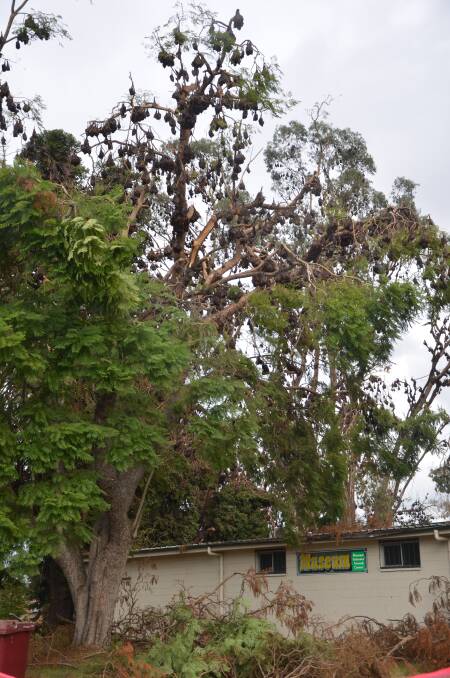
Council’s general manager, Jason Linnane, says if you see a dead flying fox on a public area such as a footpath, please contact them to dispose of it. And, if residents find dead flying foxes on their private properties don’t handle the carcasses directly. An estimated 600 flying foxes were affected by the heatwave. “Wildlife Aid volunteers were in Burdekin Park on Saturday and Sunday in response to dead and dying flying foxes in the park, and advised about 300 flying foxes were collected on Saturday and a similar number on Sunday,” he explains. “Council staff also removed dead and dying flying foxes from community land at the weekend. Wildlife Aid volunteers responded to calls from residents to collect dead and dying flying foxes from private properties.” Mr Linnane urges anyone who has dead flying foxes on their property to take care when disposing of them. “Wear thick gloves (such as gardening gloves) and use a shovel where possible, and wrap the body in at least two plastic bags before disposing of it. Wash your hands thoroughly with soap and water afterwards.”
Subscribe now for unlimited access.
$0/
(min cost $0)
or signup to continue reading

